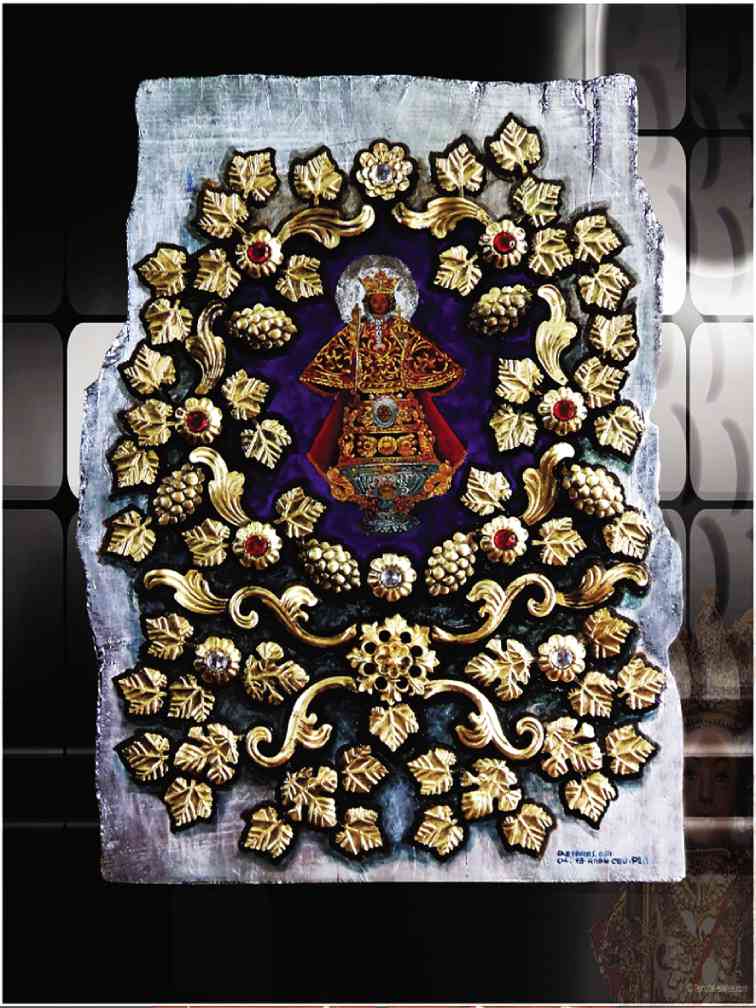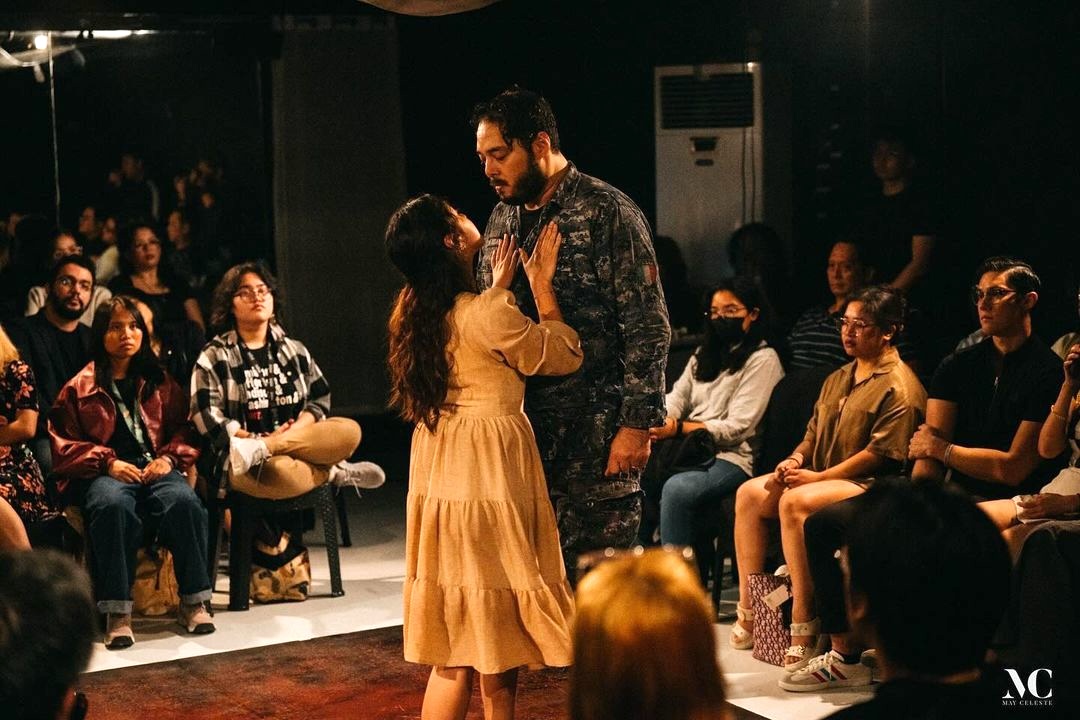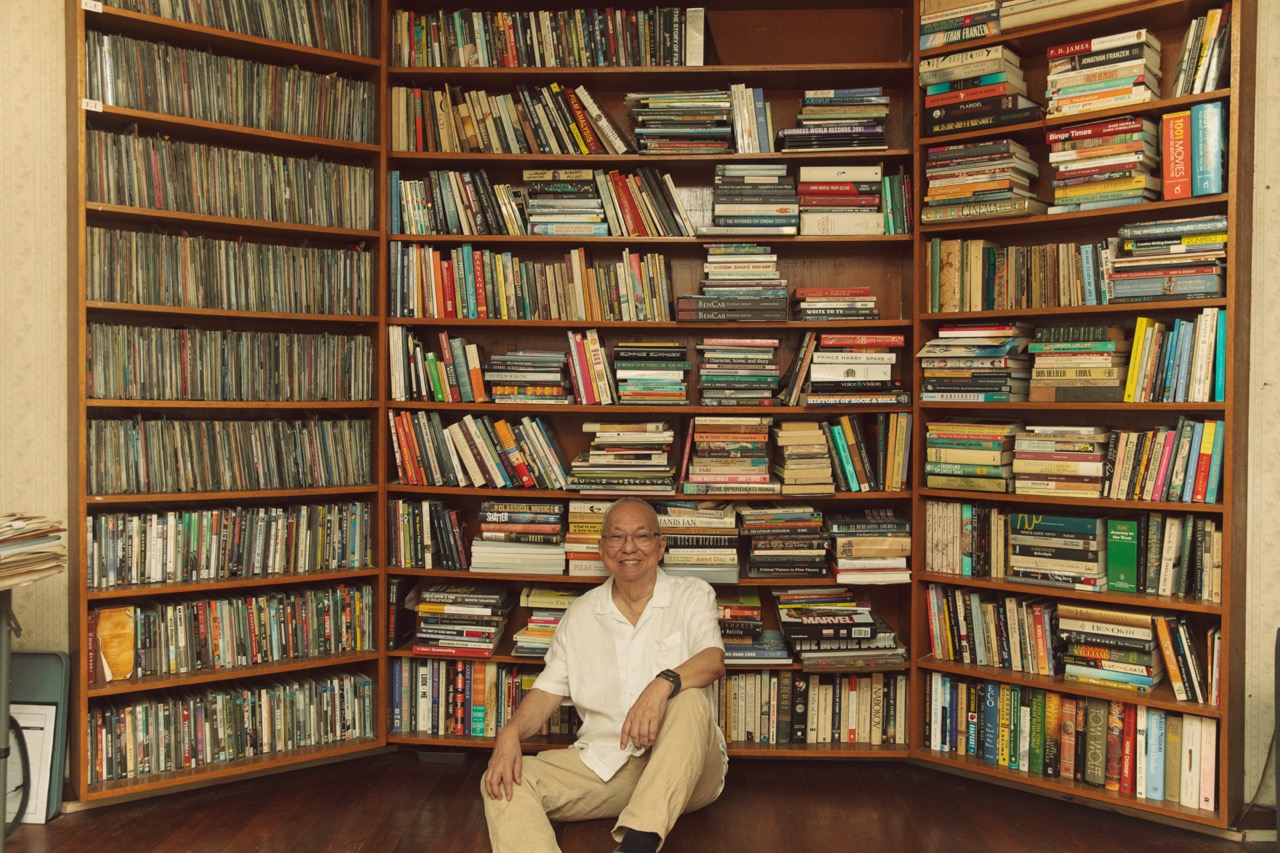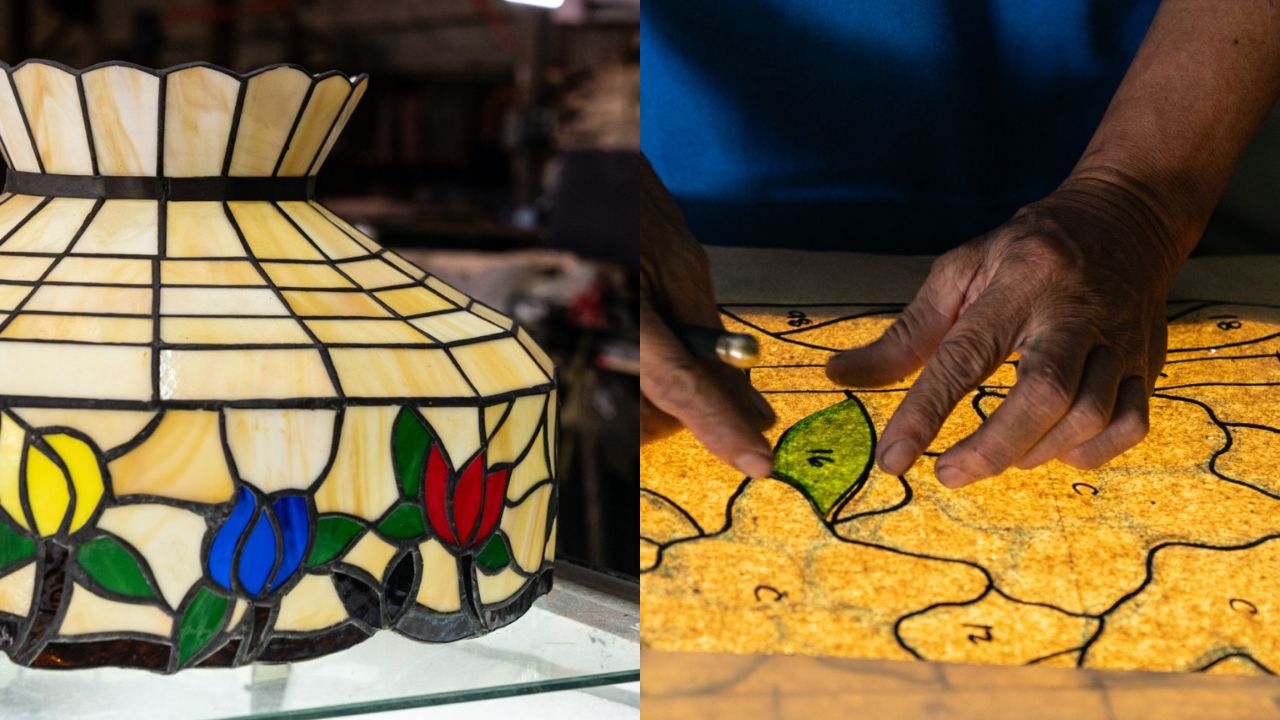A few weeks ago, we set out to find sex toys in Manila, particularly around Quiapo. There’s an overpass near the area that’s notorious for carrying different kinds of sex toys but when we got there, only a few vendors can be found. We did find them eventually, scattered around a church (Minor Basilica of the Black Nazarene, also known as Quiapo Church). This little trip made me ponder on the Filipino sex culture: Like the sex toy vendors in Quiapo, is it as repressed and hidden as we think?
Back in 2013, I watched a Cinemalaya film titled “Amor y Muerte,” an erotic 16th century period drama about the initial encounter of the Indios (natives) and their colonizers. The story revolves around their conflicting views on love, religion, and sexuality. Though the movie wasn’t really good (it actually ended up being a comedy towards the end), it taught me a thing or two about early Filipino sexual practices including polygamy and the use of sex toys.
It was during the arrival of the first batch of Spaniards in the 1500s that Filipinos were “forced to reform” because of Catholicism.
Flash forward centuries later, the Philippines—in its entirety—is still a conservative nation. After all, it’s one of the largest Christian countries in the world. But how has our overall view of sex changed since then?

Premarital sex, homosexuality, contraception, prostitution, and even cohabitation are generally condemned yet commonly practiced in the country. In addition, the majority of HIV-stricken Filipinos belong to the younger generation and the growth is alarming. It’s true that the youth is slowly adapting to a more liberated society (it’s 2017, after all) but many of them are learning from the wrong places, struggling because of Catholic guilt or angst brought by our overwhelmingly religious country.
For lack of a better term, call our sexual culture repressed. I can’t say that conservatism and repression are interchangeable at this point but if they are, there’s no point in saying whose ‘fault’ it is. You can blame it on religion, the media, or yourself. But just like any other country, we’re challenging ourselves to learn: from understanding nuances surrounding a still-taboo topic to more permissive conversations with like-minded people. The Philippines is a country shrouded by mysteries and contradictions, and although we love it this way, we need our eyes, ears, and minds open to keep the ball rolling.
Read more:
Quiapo’s sex toy overpass is gone, but the sellers are still around
More millennials are diagnosed with HIV this year












































